Under the trend of environmental protection, hot stamping foil slitting machines need to be systematically optimized from various aspects such as materials, processes, energy consumption and waste management. The following are the specific implementation plans:
1. Environmentally friendly material substitution
• Water-based/UV hot stamping foil:
Water-based hot stamping foil or UV-cured hot stamping foil with low VOCs (volatile organic compounds) is used to reduce environmental pollution from solvent-based materials.
• Solvent-free adhesives:
Choose benzene-free, ketone-free environmentally friendly adhesives to avoid harmful gas emissions from traditional solvent-based adhesives.
• Degradable Substrates:
Explore the use of recyclable or biodegradable PET/PVC substrates to reduce plastic waste.
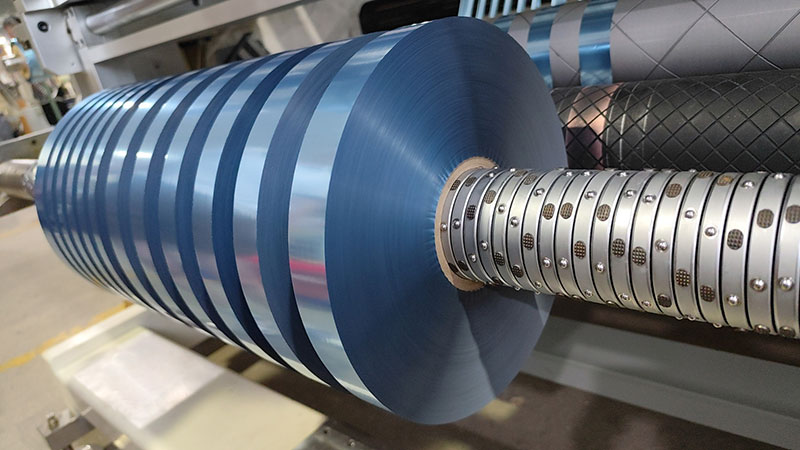
2. Energy-saving equipment and process optimization
• Efficient Slitting Technology:
High-precision servo motor and frequency conversion technology are used to reduce energy consumption in the slitting process; Optimize slitting parameters (e.g., speed, tension) to reduce material waste.
• Heat recovery system:
If heating processes (e.g. preheating rollers) are involved, waste heat recovery devices are installed to convert waste heat into energy reuse.
• LED UV Curing:
Replacing traditional mercury lamps with LED UV curing systems, energy consumption is reduced by more than 70% and no ozone is generated.
3. Waste reduction and recycling
• Slitting Waste Recycling:
Install an automatic winding device to collect leftovers, and cooperate with professional recycling companies to separate and recycle aluminum foil and plastic substrates.
• Dust collection system:
Equipped with electrostatic dust removal or central dust collection equipment to avoid the spread of metal dust, the collected dust can be refined and reused.
• Closed-loop water cycle:
If cleaning is involved, a circulating water treatment system is used to reduce wastewater discharge.
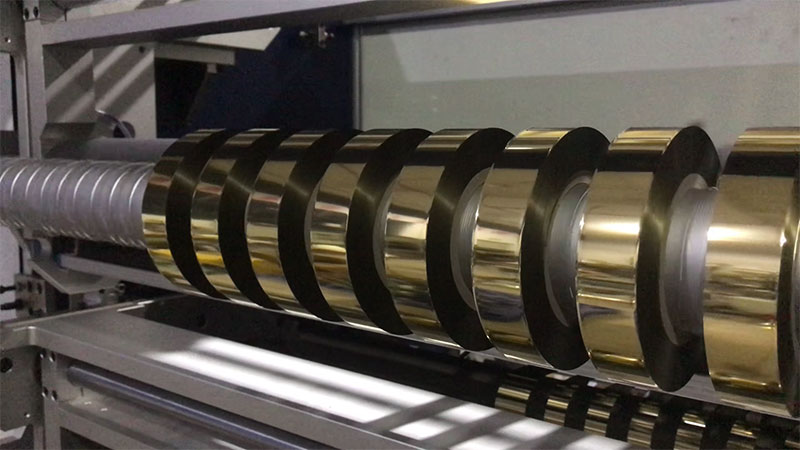
4. Intelligent and digital management
• Internet of Things (IoT) Monitoring:
Real-time monitoring of energy consumption, emissions, and scrap data optimizes production processes through AI algorithms to reduce redundant operations.
• MES system:
Achieve accurate matching between production planning and material management to avoid resource waste caused by overproduction.
5. Green certification and supply chain synergy
• Obtain environmental certifications:
Passed ISO 14001 environmental management system, EU RoHS/REACH and other certifications to enhance product market competitiveness.
• Green supply chain:
Prioritize suppliers who offer eco-friendly materials and require them to provide carbon footprint reports.
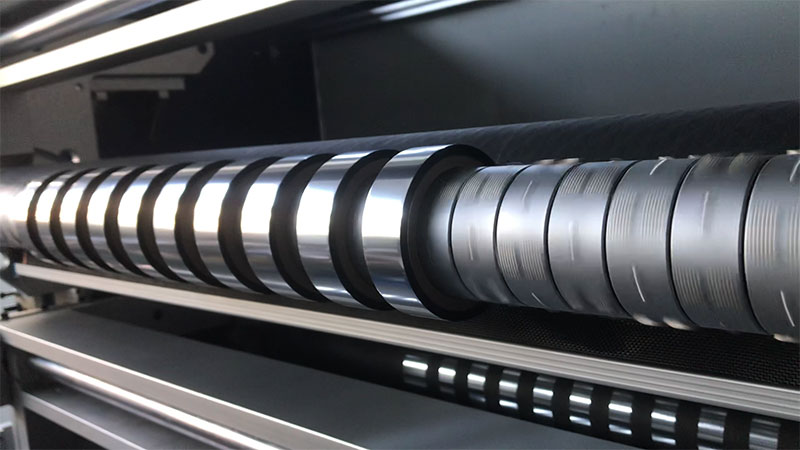
6. Employee training and culture construction
• Environmental Practices:
Train employees to operate equipment in a standardized manner (such as setting slitting parameters reasonably) to reduce waste caused by human error.
• Incentive mechanism:
Set up a green production incentive system to encourage innovative proposals for energy conservation and emission reduction.
Case reference
• A German equipment manufacturer's solution:
Its hot stamping slitting machine adopts magnetic levitation slitting knife technology, which reduces energy consumption by 30%, and integrates a real-time waste sorting system to achieve a 95% material recovery rate.
• Japanese companies' approach:
Nano-coating technology extends the life of the slitting knife and reduces contamination caused by metal wear.
summary
The core of green production lies in the combination of source reduction (materials), process optimization (energy consumption), and end treatment (waste), while improving efficiency with the help of intelligent means. Enterprises need to implement the above measures in stages according to their own production capacity and environmental protection regulations, and finally achieve a win-win situation of economic and environmental benefits.



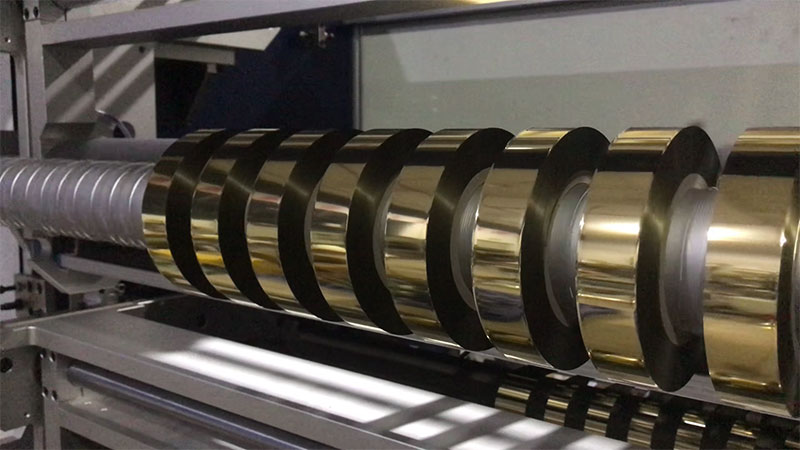
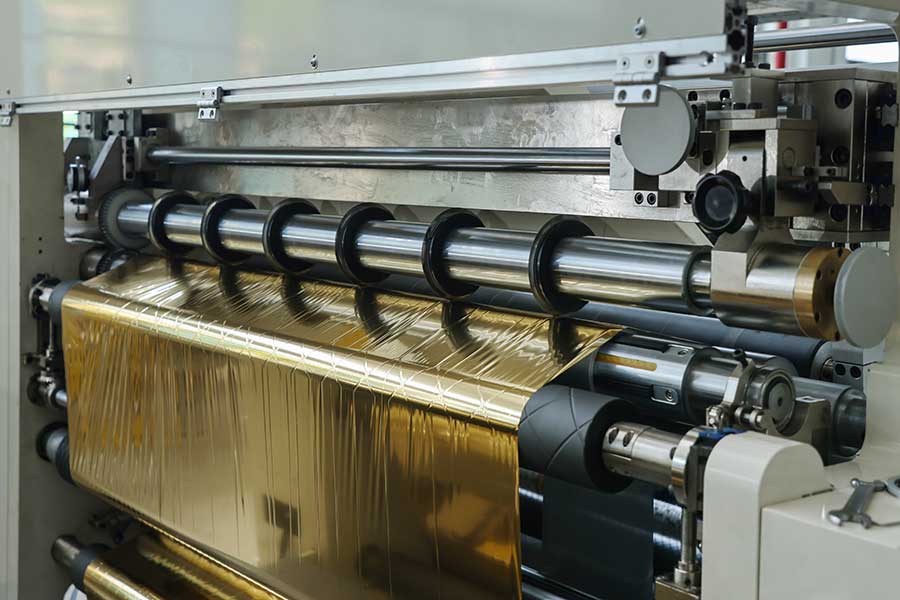
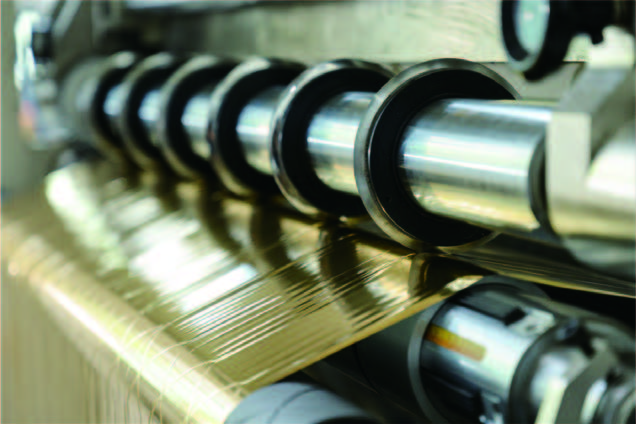
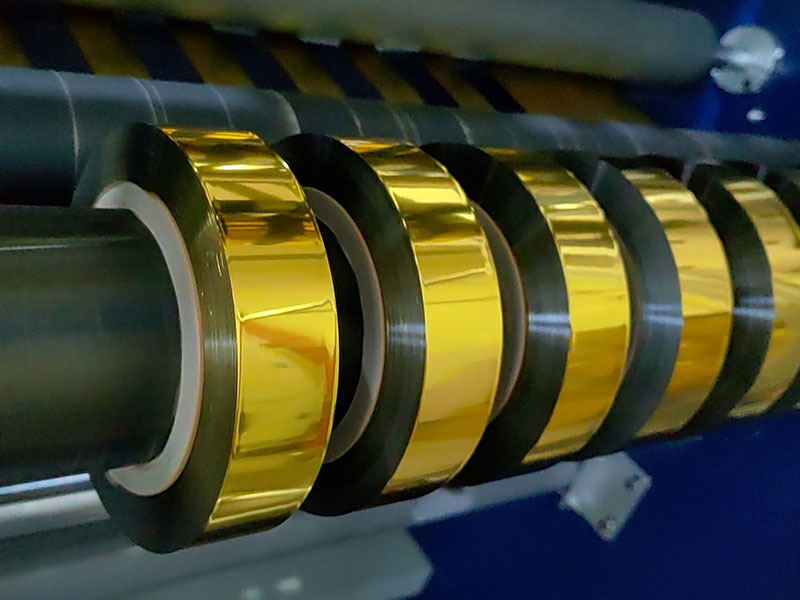
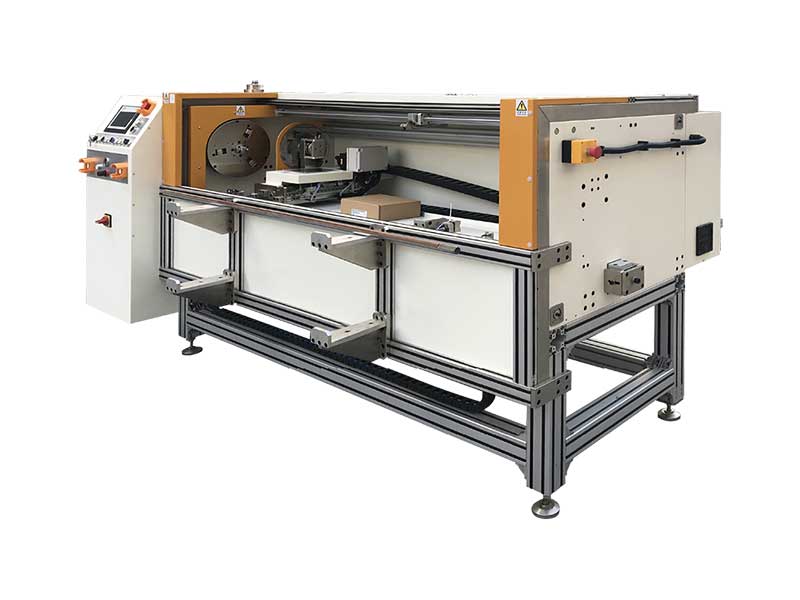 Automatic Foil Roll Cutting Machine
Automatic Foil Roll Cutting Machine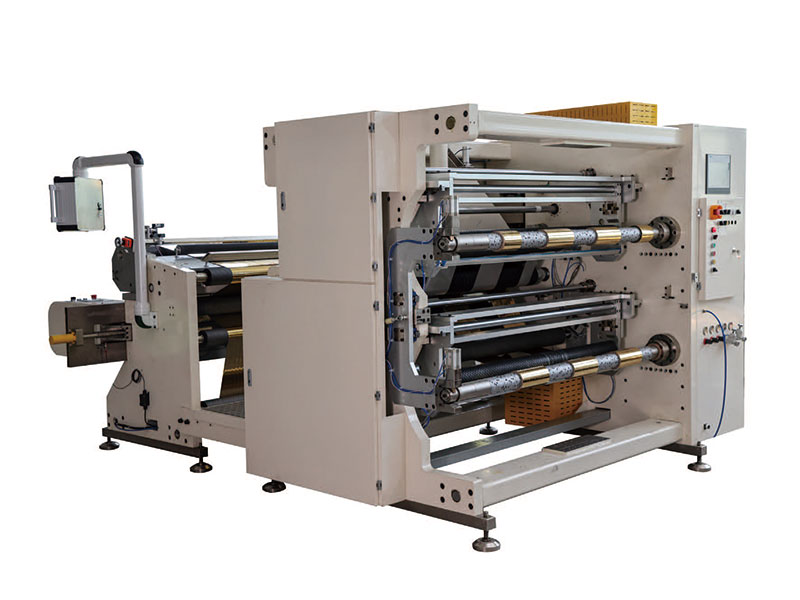 1400mm Hot Stamping Foil Slitting Machine
1400mm Hot Stamping Foil Slitting Machine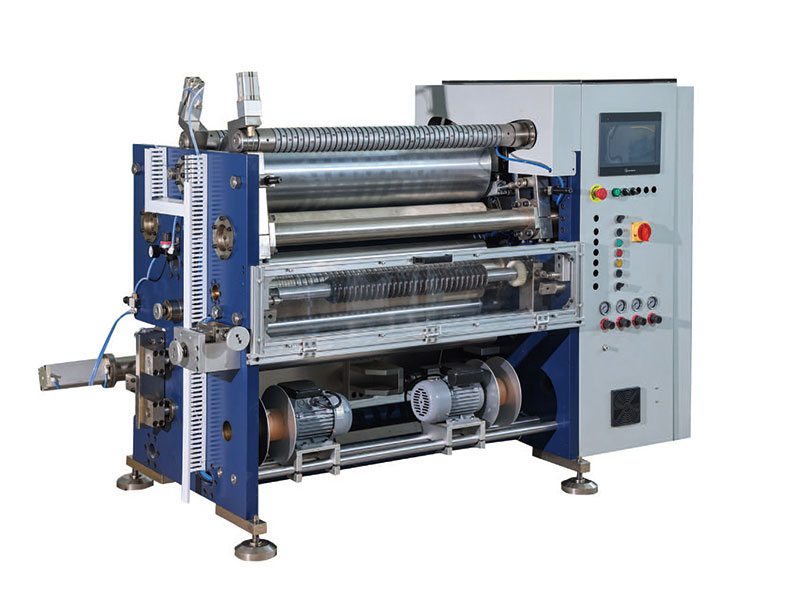 800mm Hot Stamping Foil Slitting Machine
800mm Hot Stamping Foil Slitting Machine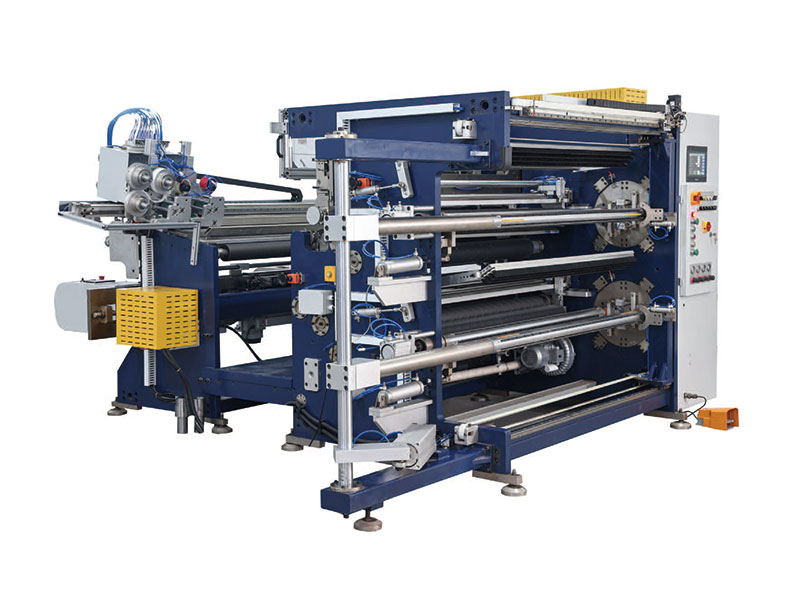 1350mm Hot Stamping Foil Slitting Machine
1350mm Hot Stamping Foil Slitting Machine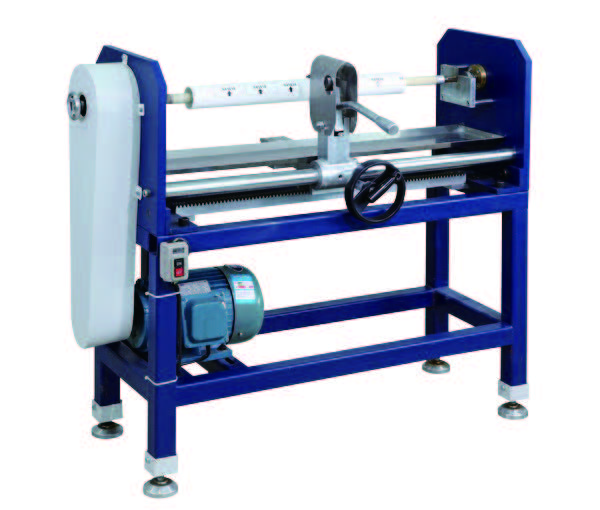 Manual Foil Roll Cutting Machine
Manual Foil Roll Cutting Machine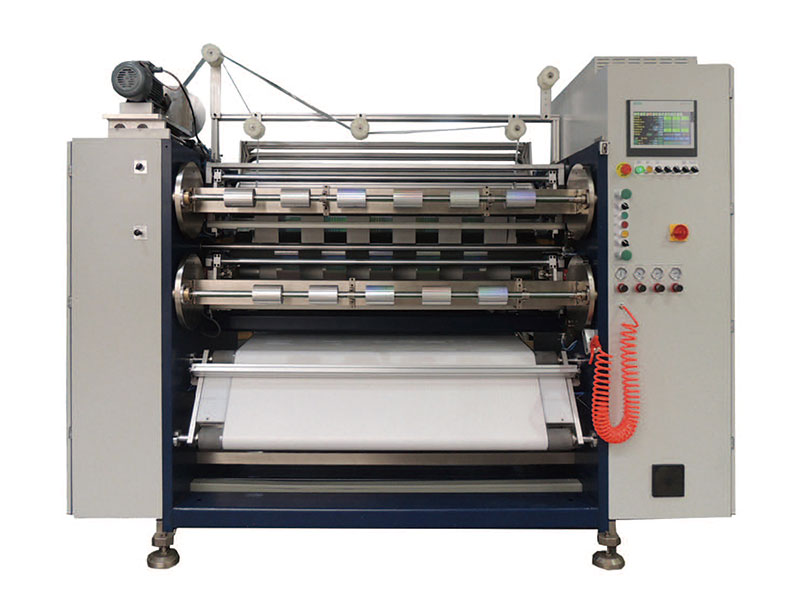 1350mm/1600 Foil Slitting Machine
1350mm/1600 Foil Slitting Machine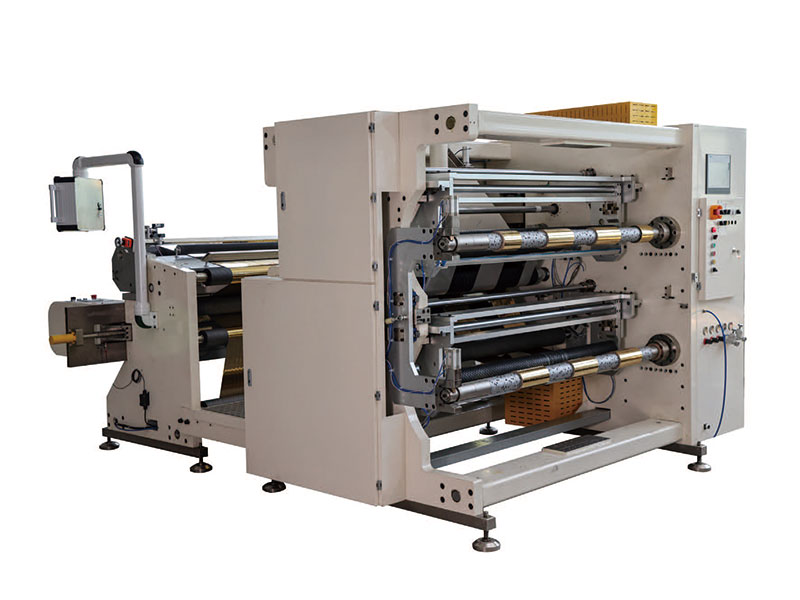 1400mm Copper Foil Slitting Machine
1400mm Copper Foil Slitting Machine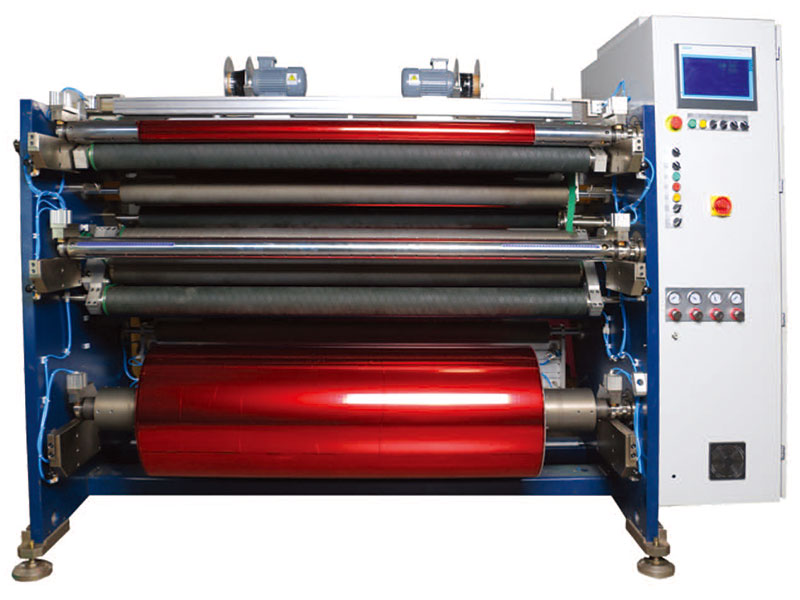 1600mm Foil Slitting Machine
1600mm Foil Slitting Machine

